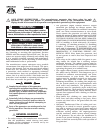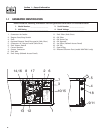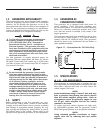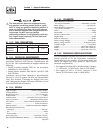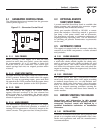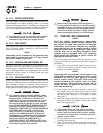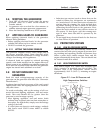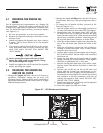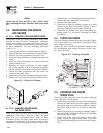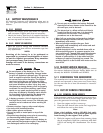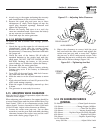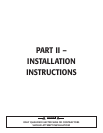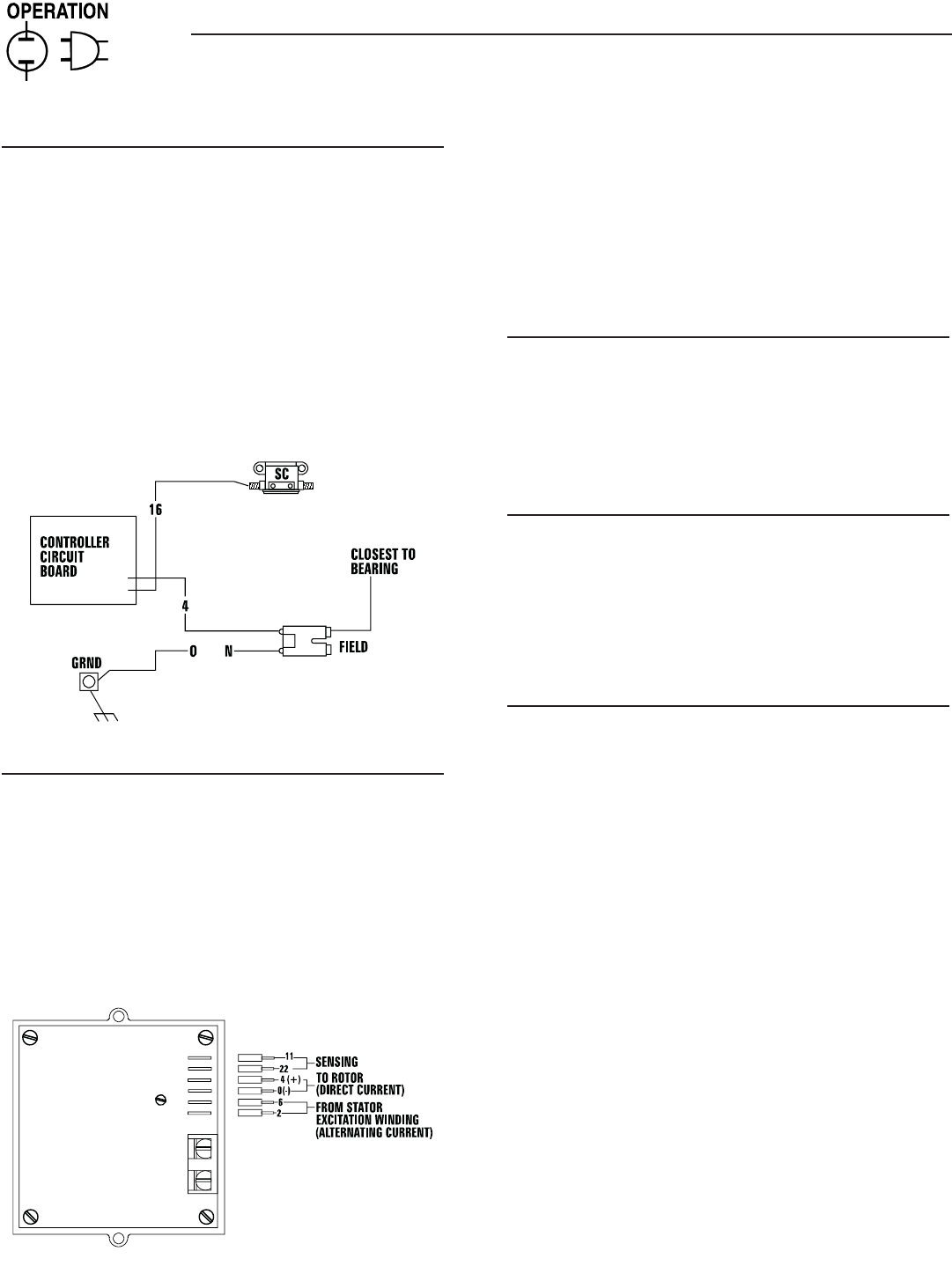
10
Section 2 – Operation
Recreational Vehicle Generator
2.9.3 FIELD BOOST
The Controller Circuit Board houses a field boost
diode and resistor that are not part of the automatic
choke circuit. These two components are part of
a “field boost” circuit (Figure 2.3). During engine
cranking only, a positive DC (battery) voltage is
delivered through the diode, resistor, brushes and
slip rings, to the generator rotor. Application of this
voltage to the rotor “flashes the field” whenever it is
started. Flashing of the field each time the generator
starts makes sure that a sufficiently strong magnetic
field is available to produce “pickup” voltage in the
stator windings.
Figure 2.3 – Field Boost Circuit
2.9.4 OVERVOLTAGE PROTECTION
A solid-state voltage regulator (Figure 2.4) controls
the generator’s AC output voltage. This regulator sup-
plies an excitation current to the rotor. By regulating
the rotor’s excitation current, the strength of its mag-
netic field is regulated and, in turn, the voltage deliv-
ered to connected electrical loads is controlled. When
the AC frequency is 60 Hertz, voltage is regulated at
120 volts (voltage-to-frequency ratio is 2-to-1).
Figure 2.4 – Solid State Voltage Regulator
The voltage regulator also incorporates a “voltage
surge protection circuit.” This circuit prevents trou-
blesome surges in the generator AC output voltage.
Voltage surge is a common cause of damage to elec-
tronic equipment.
2.10 ADDITIONAL INFORMATION
2.10.1 ATTENTION REQUIRED
AFTER SUBMERSION
If the recreational vehicle generator has been sub-
merged in water, it MUST NOT be started and oper-
ated. Following any submersion in water, have an
Authorized Service Dealer thoroughly clean and dry
the generator.
2.10.2 OPERATION IN HIGH GRASS
OR BRUSH
Never operate the generator while the vehicle is
parked over high grass, weeds, brush, leaves or any
other combustible substance. Such materials can
ignite and burn from the heat of the exhaust system.
The generator exhaust system becomes extremely
hot during operation and remains hot for a long time
after it has shut down.
2.10.3 EFFECTS OF MOISTURE AND DIRT
Keep the generator set as clean and dry as possible.
Protect the unit against excessive dust, dirt, corrosive
vapors, road splash, etc. Permitting dirt and mois-
ture to accumulate on generator windings will have
an adverse effect on the insulation resistance of those
windings.
When moisture is allowed to remain in contact with
windings, some of the moisture will be retained in
voids and cracks in the insulation. This causes a
reduced insulation resistance and will eventually
cause problems. Dirt will make the problem worse,
since dirt tends to hold moisture in contact with
windings. Salt (as from sea air) also will worsen the
problem since it tends to absorb moisture from the
air. Salt and moisture, when combined, form a good
electrical conductor.



